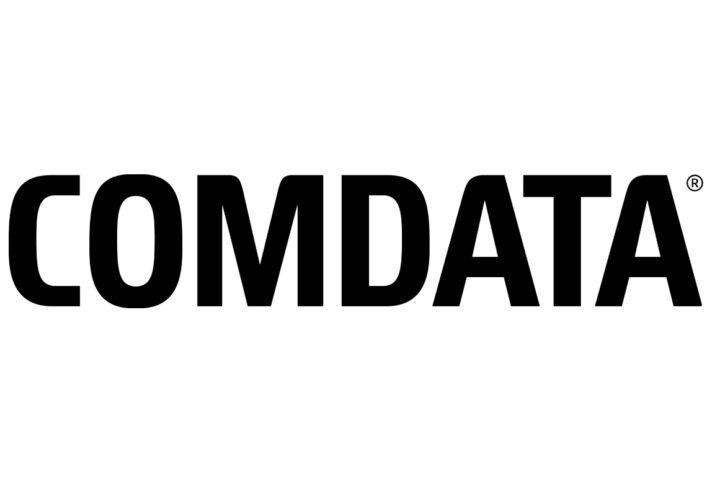Industry insights: migration of EBT cards from magnetic stripe to chip-enabled cards
 Electronic Benefits Transfer (EBT) cards used for the Supplemental Nutrition Assistance Program (SNAP) are starting to transition from traditional magnetic stripe technology to chip-enabled cards. This transition is driven by the need to combat increasing fraud, particularly card skimming, which has led to millions in stolen SNAP benefits. Magnetic stripe cards are vulnerable to duplication, while chip cards offer enhanced security through encryption and dynamic transaction data.
Electronic Benefits Transfer (EBT) cards used for the Supplemental Nutrition Assistance Program (SNAP) are starting to transition from traditional magnetic stripe technology to chip-enabled cards. This transition is driven by the need to combat increasing fraud, particularly card skimming, which has led to millions in stolen SNAP benefits. Magnetic stripe cards are vulnerable to duplication, while chip cards offer enhanced security through encryption and dynamic transaction data.
Federal policy and support
The U.S. Department of Agriculture (USDA) strongly encourages all states to adopt chip-enabled EBT cards. Revised technical standards were ratified in August 2024, aligning SNAP EBT technology with credit and debit card industry norms.
Implementation timeline
- Planning Phase: Began in 2023 with collaboration among industry partners and state agencies.
- Initial Rollouts:
- California: Migration began in January 2025.
- Oklahoma: Scheduled for Summer 2025.
- Nationwide Expansion: Other states are expected to follow, but no universal timeline has been set.
Card features
New SNAP EBT chip cards include:
- EMV chip for secure transactions
- PIN entry remains required for all transactions.
Benefits of chip migration
- Enhanced security: Reduces fraud and skimming.
- Improved customer trust: Secure transactions build confidence.
- Streamlined checkout: Faster and more reliable processing.
- Reduced financial losses: Protects both retailers and beneficiaries.
Technical requirements
Point of Sales (POS) systems need to be updated to recognize this new functionality to support chip transactions. CHS Payment Solutions is working with each of our supported POS partners to prioritize the development of the software to support this migration. As the software becomes available, we will communicate that information out.











